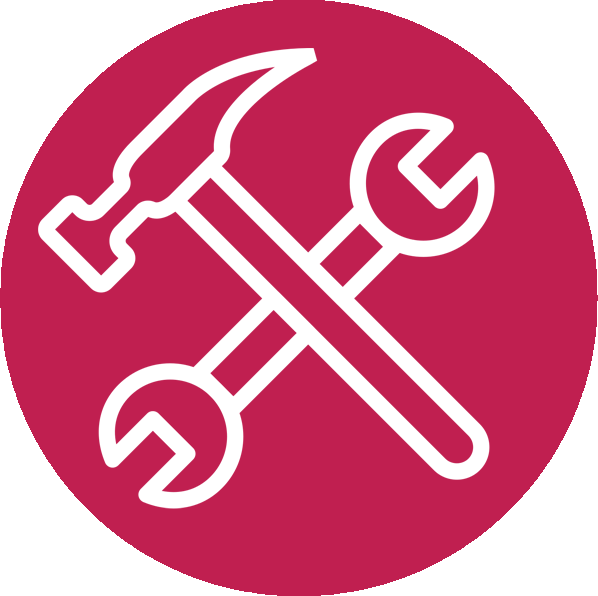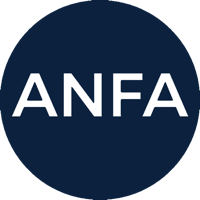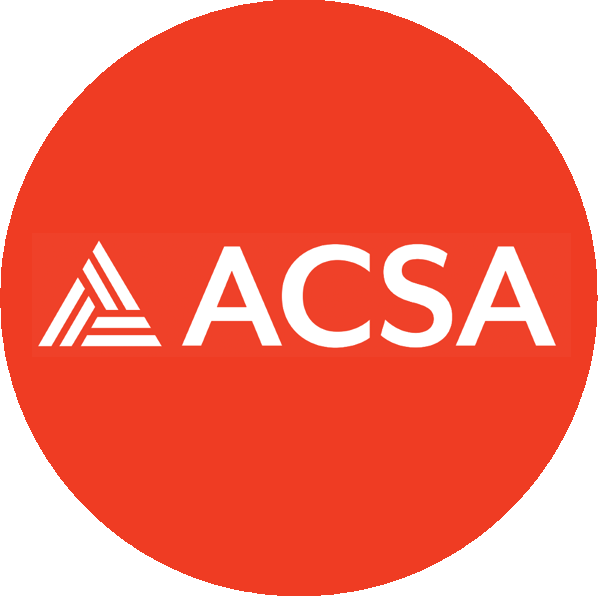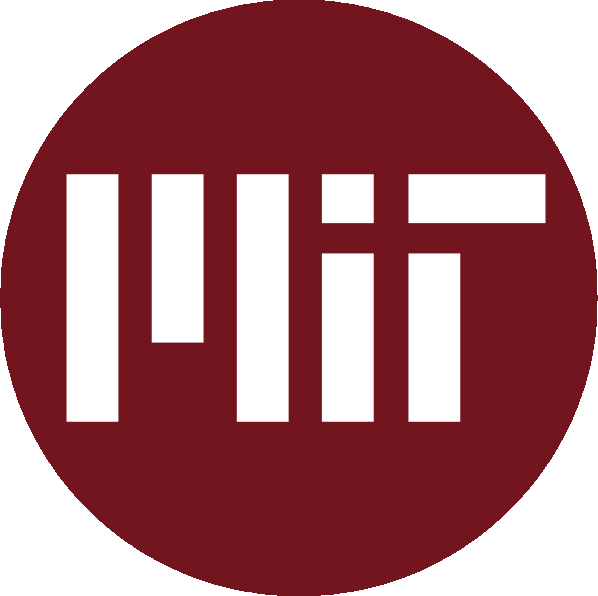Vacation, Staycation or Bleisure?

What to do in the Time You (Don't) Take Off
It’s the height of summer, a time to slow down and catch a sunset, drink your coffee on the porch with a book, and lounge poolside with the latest episode of your favorite podcast. It’s time for a vacation or maybe, a staycation, and a time when we, as Americans steeped in the myth of bootstraps and merit, come face-to-face with our (dare we say unhealthy?) work obsession. By which we mean, our inability to leave work behind. In the spirit of optimism, every summer PLASTARC suggests a list of brain-candy (books, podcasts, etc.) to sweeten your down-time, in case you do manage to pull yourself away from the office — or the remote office, AKA your kitchen table. So, check out this season’s suggestions, in On Our Minds.
On our minds
Many of us rarely take the vacation time that the activists of the Industrial Revolution and countless union reps fought so hard for. We worry that there’s no one to cover us, that we need to save our “personal days” for unforeseen family emergencies, that we won’t be able to relax or unplug, so why go? Sometimes we don’t feel we have sufficient disposable income to travel. Maybe, we’d rather have cash if our company “buys” those days back from us. Plus, the piles of work will certainly build up over our absence – that seems so daunting, we simply opt-out.
In the US today, workers are about half as likely to take vacation as they were 40 years ago, and the younger the worker, the bigger the reluctance. (Boomers and Gen X still tend to take off; Millennials and Zoomers are letting their personal days pile up.) The pandemic-fueled practice of remote work has softened the hard boundaries between “the office” and “elsewhere” and, to a degree, work, and chores – or play. Now you can fold your laundry while you brainstorm with colleagues or attend a meeting on your phone, from your glamping site. This has given rise to “bleisure,” a practice where we combine leisure with business. (Check out this extensive report, from the folks on booking.com.)
It’s great that we have more choices about when we work and where from; it’s less great that these days, many of us never really "take off.” Why are Americans so unwilling to truly step away from “real life,” and what can employers do to incentivize these much needed breaks? SHRM, the world’s largest human resources community, offers a lot of insight in this article.
Consider this—a new bot, Otter Chat, can attend your meetings in your stead, take notes, send follow-up emails, and even write a blog post about the content covered… although it can’t yet offer the creative contributions that you are capable of. Tempted to run for the hills now? And is that because you’re terrified of AI, or thrilled to take in the scenery, now that Rosey the Robot’s got you covered?
If you’re too nerdy for true leisure—meaning, like us, you think about work for fun—here’s a summer reading guide (another gem from our friends at SHRM) with you in mind. For the even nerdier, here’s a guide to appendices (how they should be used and how to write them) that our founder, Melissa Marsh, recommends for the social scientists in the room. Our sociospatial designer, Amy Rosen, loves this New Ways of Working Playbook, with insight grounded in both theory and practice. They’re also a fan of The Data Viz Project, a handy and comprehensive digital toolbox of data visualization typologies. And they appreciate how this Future Forum piece, "What is a Personal User Manual" positions employee-crafted manuals as a tool for optimizing distributed culture while guiding teammates on the best ways to work and genuinely connect with one another.
Wanna think, but not about your job? Here’s a fun question to ponder: if you had $10 million, how would you live differently? Or maybe you do have plenty of money, and you’d rather opt-out, like Morgan Curtis, the protagonist of this episode of Marketplace. Want some beach-reading that’s literally about a beach? This piece in Places Journal, on grassroots efforts to restore New Orleans’ city-owned but long-neglected, Jim Crow-era Black beach, was reported over three years by PLASTARC team member, Cheree Franco.
Do you love data as much as we do? Pudding.cool is a wealth of data-driven stories. Curious which 90’s books have made it to the “canon,” per university profs? Pudding crunched the titles. Still thinking about the $10 million question? Pudding (and some simple stats) tells us why a transactional economy may be designed to uphold the one-percent. Want to travel but can’t quite get yourself on a plane? Pudding gives us an audio/visual tour exploring Mexico City, through the perspectives of its street vendors. Wondering what the judgy-bots think of your musical tastes? (Spoiler: they probably disapprove.)
Speaking of music, if you need something fun and danceable to get you through the dog days of summer, check out the album To Screw in a Lightbulb from “spasm funk” band TV Pole Shine, a New Orleans-based ensemble featuring PLASTARC writer Bennett Kirschner. And speaking of New Orleans, Ebony has your eye-yummies, in the form of a photo-essay celebrating Black joy and PRIDE in a city that has always encouraged and sheltered queerness.
If you find yourself in New York this summer, our design analyst Kristin Mueller recommends checking out this exhibit at Cooper Hewitt Museum. It’s all about the history of symbols, and how, no matter our verbal language, we share a collective visual language that allows us to communicate across cultures.
Nostalgia is high in summer, and Hollywood is here for it. You couldn’t have escaped the Barbie promos, even if you’d wanted to, but the film itself is smart, hilarious, and much more a commentary on patriarchy and pop-feminism than a two-hour product promotion. If sensory-saturated, over-the-top, and insightful are your jam, this weird, ambitious action-feature-lite combines history with analysis and fantasy. (Ready for a double feature? Try a warm up showing of Legally Blonde which challenged bimbo stereotypes and inspired a previous generation of young women.)
Pink plastic laced with Greta Gertwig’s brilliance is not all that’s on-offer in this season’s tribute to “summers past.” The adaptation of “Are You There God, It’s Me Margaret?” and the reboots of “The Little Mermaid” and “Super Mario Bros. Movie” ushered us into the season, while a fresh take on the Teenage Mutant Ninja Turtles rounds it out. Plus, Wes Anderson gave us Asteroid City in June — a film that, like all his films, is resplendent with whimsy and pastels. Want to actually roll back time, check out Amy Rosen's recommendation, a retro-TV gem with near infinite '90's content.
Back to the reason why we're all meant to take some vacation, to get some relaxation which actually does improve future performance (for a bit). Why not take a few minutes this summer to consider the science of flourishing? We hope you find some time and space to relax as the season winds down, whatever form of vacation, staycation, or bleisure you’re embracing!
From the archives
We were already talking about bleisure last summer, when our newsletter encouraged you to “Spend the Summer Abroad, Without Quitting Your Day Job.” The summer before, we were talking to WorkSpace Connect about how to include diversity and equity measures, as we conceptualized our new hybrid work environments. Summer of 2020, we hosted a webinar about accounting for things you can’t control, because of course, we were at the height of a pandemic – a very big thing that none of us could control. Back in the summer of 2014, we talked to Work & Place about what we can learn from coworking.
Finally, because when we don’t take time off, we all get a little testy with our coworkers, and because it’s truly inescapable, here’s a clip about a somewhat confusing concept (that, of course, involves a beach) from the blockbuster of the summer. Cheers to making the most of the beach days that remain!
In Case You Missed It
Last month we discussed how language is dynamic and evolving. If you were too busy evolving to pay attention to every event and article that floated across your radar, these links are for you.
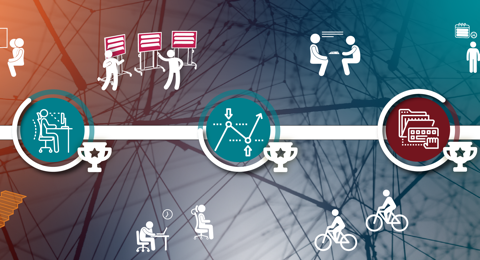
Driving Engagement with Clear Communication
Our most recent webinar focused on the evolutions of technology and policy that organizations have implemented to ensure that employees feel heard and seen, no matter where they’re working.
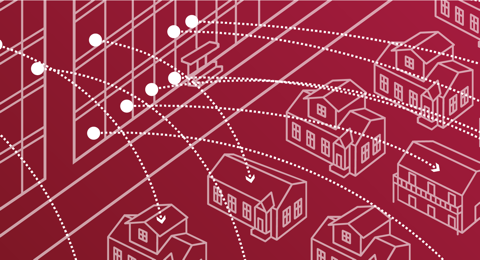
Hybrid is the Hardest
Check out PLASTARC founder Melissa Marsh on the Workplace Innovator podcast, weighing in on how innovative solutions can meet the challenges facing the hybrid workforce, and more.

Change of Address
PLASTARC team members talk third spaces and the “unoffice office,” on IFMA’s Mosh Pit Workplace. Catch the archival video.

Going Deskless this Summer
We’re still reflecting on the insights from our May webinar where we assembled to discuss ways to make the office feel like a “place,” rather than a “space,” in part through ditching assigned desks.
Looking Ahead
We like building things with our hands, as well as brainstorming about how to build things better in the world-at-large. If you like those things too, you may want to check out these upcoming events.


